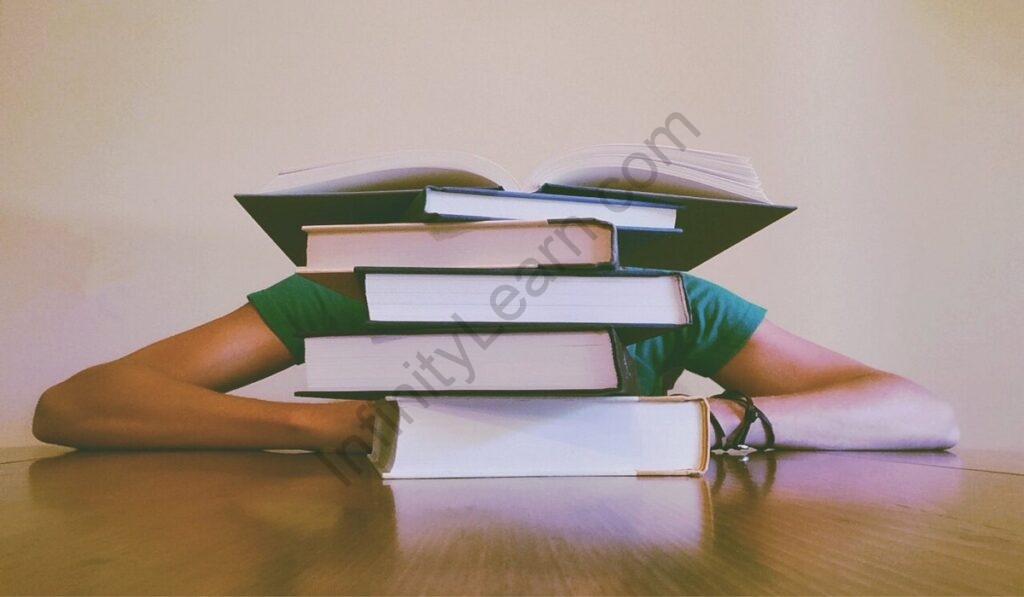Table of Contents
Students require strong reading abilities in all classes, not just English. Here are some suggestions for how you might assist them in developing those skills. Teachers who are passionate about literature frequently find themselves eager to share what they know about a well-loved novel with their pupils. Teaching reading skills in English classes and across disciplines, on the other hand, is almost always a surefire strategy to help students retain information. Unfortunately, the desire to concentrate solely on the material is a major hindrance to achieving the ultimate aim of improving reading skills. Students are being shortchanged in their education if they do not have a repertoire of reading skills that can be applied to any material. Teachers must ensure that they are not only suppliers of information about a particular text but also instructors of reading strategies in order to teach pupils to read effectively. Here are some suggestions for integrating reading skills classes into a curriculum.
Improve reading by teaching reading skills
Direct pupils to do more than just highlight and underline when it comes to annotating. Encourage students to engage in a dialogue with the book by allowing them to scribble notes on it as they read. This keeps students interested and often improves understanding. Annotations can contain the following:
- Creating new terms
- Posing inquiries
- Recurring words and topics are coded.
- Connecting to the text on a personal level
- Using recent events as examples
- Headings and subheadings are highlighted.
- Paragraph summaries
- Chunking
- Sorting information into categories
- Ordering and numbering
- Creating artwork
Appeal to the sense of things
- While reading is primarily a mental activity, including the senses provides additional support for pupils who are still developing their abilities. Students can benefit from reading passages aloud and verbalizing questions they might have in their heads while reading.
- Modeling this ability is essential because students often have no idea how to ask questions, what type of questions to ask, or how often to ask them. Using a document camera or overhead projector to write questions, mark significant words and phrases, and interact with a text helps reinforce this, especially for visual learners. Encourage kids to read with a pen or pencil in hand at all times.
Help students to set teaching objectives
- While writing goals are frequently employed in the classroom, pupils do not constantly review their own reading abilities. Begin the year by having students create a reader’s biography to learn about their reading habits, problems, and triumphs; this will serve as a springboard for talks about setting reading objectives.
- Help students evaluate their reading skills after reading a novel, nonfiction piece, short story, or poetry unit: Did you have any reservations about reading the text? Why do you think that is? What portions of the book were the most difficult for you to understand? Could you have approached the content in a different way to make it easier to read? Students should evaluate their goals on a regular basis and set new ones based on their changing needs and progress.
Assist students in formulating teaching objectives
- While writing goals are commonly used in the classroom, students do not examine their own reading abilities on a regular basis. Begin the year by having students write a reader’s biography to learn about their reading habits, challenges, and successes; this will serve as a springboard for discussions about setting reading goals.
- After reading a novel, nonfiction piece, short story, or poetry unit, have students evaluate their reading skills: Were there any reservations you had about reading the text? What makes you think that? What parts of the book did you find the most difficult to comprehend? Could you have taken a different approach to the information to make it easier to read? On a frequent basis, students should evaluate their objectives.
Present objectives for selective reading
- Simply put, reading is the best way to enhance your reading, and pupils are more inclined to read when they have a choice in what they read.
- Students are encouraged to take books from classroom libraries developed from donations, garage sales, and thrift shops for personal reading. Make recommendations after asking students about their interests. Reading for pleasure develops transferrable abilities that may be used to content reading and should be encouraged in the classroom.
Content and skill analysis
Students should be able to demonstrate their abilities in official or informal assessments, whether formative or summative. Teachers should use recall and comprehension questions to check for basic understanding before moving on to the more difficult how and why questions. Select activities that will challenge students to delve deeply into a text, such as:
- Organize a Socratic dialogue.
- Make a playlist for a specific character.
- Formalize your essay.
- Create a character meme.
- Give a short TED talk about research that was sparked by a text.
- Make an infographic, a mind map, or a literary 3×3.
- Most teachers already incorporate skill development to some extent in their classrooms; however, taking the time to discuss and actively engage students in the process will ensure that skill development remains at the forefront of learning. As a result, students will not only improve their reading skills but also grasp how to become better readers.
Also read: Here’s How to Boost Your Percentage in the Board
FAQs:
Ques1. What are the six most common reading techniques?
Ans1. The six most common reading techniques are,
- Connecting
- Visualizing.
- Questioning.
- Inferring.
- Determining textual importance
- Synthesizing.
Ques2. What are the five different types of reading techniques?
Ans2. The SQ3R approach, skimming, scanning, active reading, comprehensive reading, and structure-proposition-evaluation are the best reading techniques.









